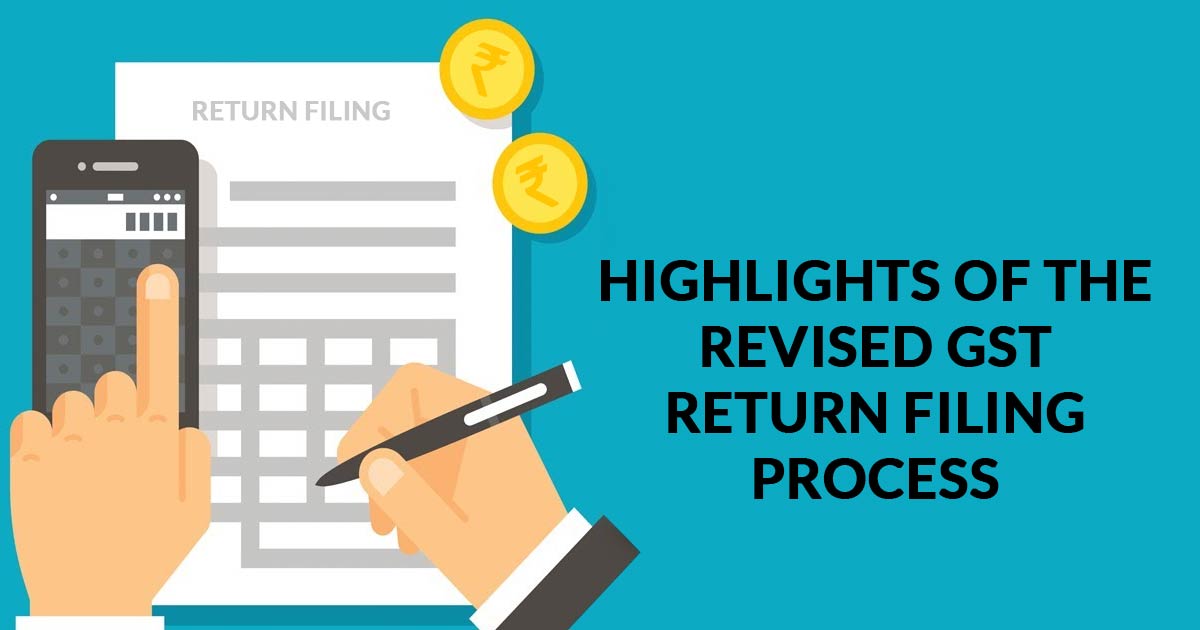The GST return filing process along with the return forms are set to get revised soon. The GST Council has already approved the new return filing structure, which is now under consideration in the ongoing session of Parliament. The new return formats were earlier made public by the government for stakeholders consultation and reviews. The new return filing process is named ‘Sahaj’ and ‘Sugam’, which mean easy and simple.
The proposal is still under consideration and is expected to be implemented by the next year. Meanwhile, experts are sharing their reviews about the new GST return proposal. Chirag Mehta of the Bombay Chartered Accountants‘ Society recently shared his views on the proposal and explained it in layman terms, for the common people.
The Major Highlights of the Proposed GST Return:
Business with a turnover of up to Rs 5 crores: Such businesses will be required to file quarterly returns but have to pay taxes every month.
Businesses with a turnover above Rs 5 crores: will be required to file monthly returns by the 20th of the next month.
Invoice uploading: Invoices by suppliers can be uploaded at any time during a particular month and these can be viewed by the buyers for reconciliation and claim input tax credit.
Input credit: For a particular month, buyers can claim ITC against invoices that are uploaded on or before the 10th of that month.
During the transition period, after the new return process is implemented, buyers could avail ITC through a self-declaration. The credit against supplies for which all the invoices haven’t been uploaded by the supplier can also be claimed through ‘ITC for missing invoices’ option on the GSTN.
Read Also: Free Download Trial Version of Gen GST Software for Return Filing
Taxpayers can make amendments in a return twice for any particular tax period.
There will be a six-month transition period once the new process is launched. In the new process, only the supplier will upload the documents, as opposed to the earlier process where the buyer also had to provide the purchase invoices.
“Previously, the supplier would get missing invoices or incorrect invoices as a statement and this ended up being a month-long process. Under the proposed scheme, the document flow will be from the supplier to the buyer. The buyer’s role is to keep an eye on missing and incorrect invoices and prompting the supplier to rectify them. Effectively, there’s no matching but a continuous monitoring by the buyer,” said Mehta.
Based on the invoices uploaded by the supplier, the input tax credit eligibility of the buyer will be auto-calculated.
